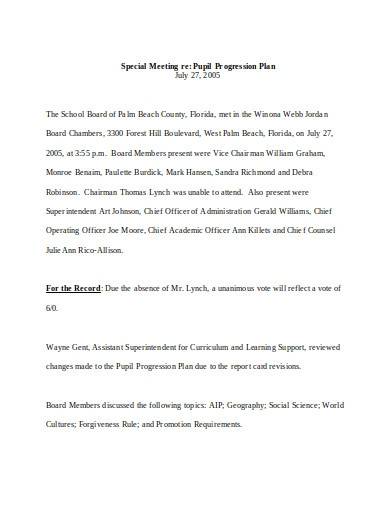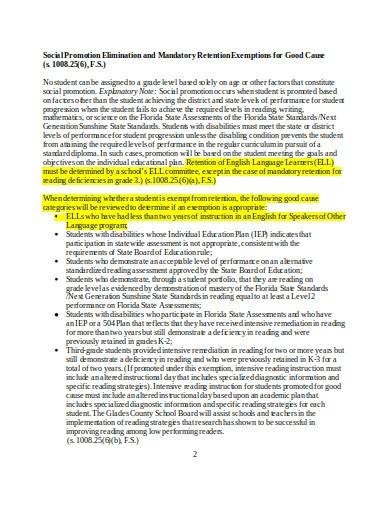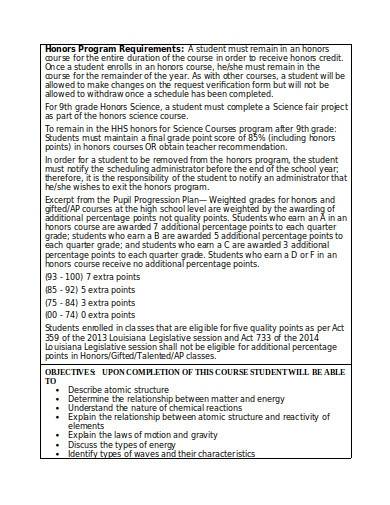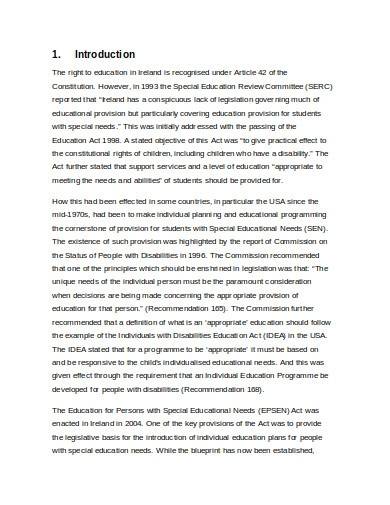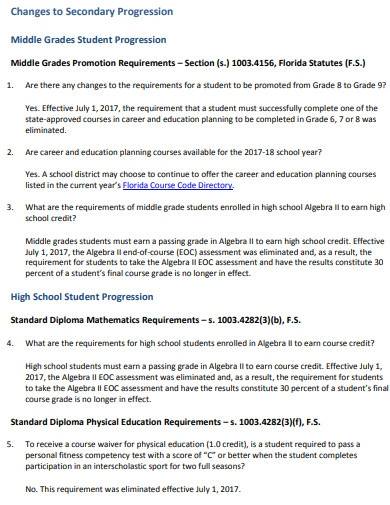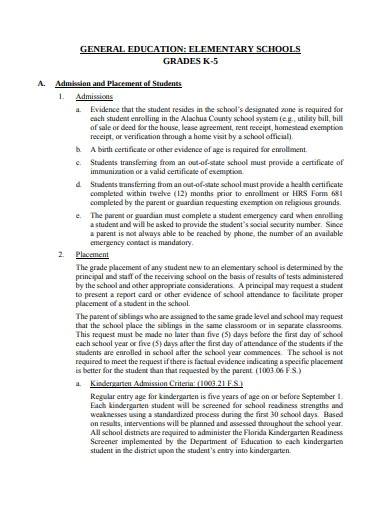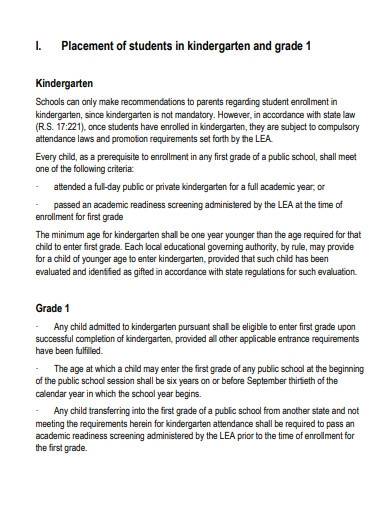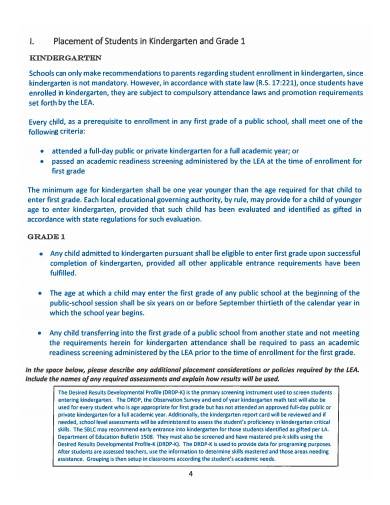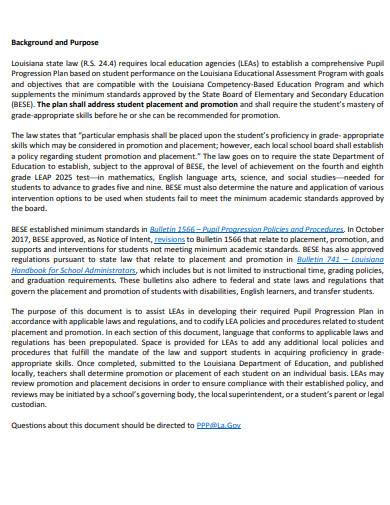Alfred Adler once said: “The educator must believe in the potential power of his pupil, and he must employ all his art in seeking to bring his pupil to experience this power.” Helping pupils to gain progress in their studies is one of the greatest missions of every teacher and educator in the world. In this article, we provide you some helpful steps and a wide array of downloadable pupil progression plan templates so that you can observe and analyze the progress of your pupils. Keep on reading!
FREE 10+ Pupil Progression Plan Samples
1. Pupil Progression Plan Template
2. Sample Student Progression Plan
3. School Student Progression Plan
4. Sample Pupil Progression Plan
5. Middle School Student Progression Plan
6. Formal Student Progression Plan
7. Standard Student Progression Plan
8. Progression Plan Template
9. Kindergarten Pupil Progression Plan
10. Simple Pupil Progression Plan Template
11. Academic Pupil Progression Plan
What is a Pupil Progression Plan?
A pupil progression plan is a beneficial, well-designed tool for teachers, instructors, and educators to assure that all pupils attain significant improvement in their studying behavior and achieve high academic standards according to their learning capacities, skills, and grade or year levels. This type of plan fully supports the vision of the school district in your area or community in providing an outstanding education that will assist in preparing the pupils to progress for middle schools and high schools.
How to Create a Pupil Progression Plan
Before you ignite the learning development in your pupils, you need to develop positive teacher-pupil relations as it appears to be one of the most effective steps you can take in establishing a positive discipline climate in your classroom. When your pupils appreciate and like you, they are more willing to follow the rules and regulations at school.
We recommend that you use our templates above that you can use conveniently. Here are the steps that you should perform after you download your selected template:
1. Set up learning goals
What are the core issues of the majority of the class or individual pupils in their studies? How can you provide help in improving their skills in a particular subject area? Why do some pupils still struggle in solving some exams? These questions will help you to set up specific learning goals and objectives you need to achieve in your pupil progression plan.
2. Establish realistic criteria
The school committee needs to establish realistic criteria according to the learning goals of the program and standards that are aligned for the pupil progression plan. The standards to be assessed and the criteria that their progress will be measured in reaching the learning goals are integral so that you are able develop several comparisons based on the expectation you have for the individual pupils or the whole class to the authentic rate of learning of the individual pupils or the overall class in multiple options available.
3. Select effective methods and design the program
Evaluation exams, complex projects, and many more assessment methods are the things you can implement. Despite its own advantages, there still exist some negative effects. Also, individual methods and activities has a main purpose to facilitate the pupils’ learning abilities. Think carefully on all options and select which are the most appropriate for your pupils’ needs and resources. After this, you can now design the pupil progression program along with the support of proficient and skilled teachers.
4. Collect data and evaluate results
The data collected from the pupil progression program should give a basis for an analysis report associated with the learning goals and school committee standards. Evaluate consciously the learning abilities of your individual pupils or the entire class from the collected data by utilizing scoring, charts, visual diagrams, or grading sheets.
5. Implement the plan
After collecting and evaluating assessment of your pupils, you can now implement the plan. This progression plan can be helpful in developing an enhanced curriculum to further help the pupils, as well as the educators in improving their instruction skills and art of teaching.
FAQ
Assessment is important because it shows the students’ understanding of the subject matter is crucial to the learning process. It is significant to analyze whether the educational goals and standards of the lessons are being fulfilled.What is the importance of assessment?
Some types of assessment are state-mandated standardized tests, and comprehensive or performance tests. What are some types of assessment?
The teacher will need to modify the form or method of teaching. Change the amount of lesson time, the grouping arrangement, or some other factors of teaching. Look for the suitable type and right amount of instruction that will enable the pupil to make enough progress toward reaching the learning goal.What will I do if the pupil fails to meet the standards?
Record the performance level of your pupil and compare it to previous measurements and to expected rates of learning. Track again the measurements on a table, chart, or graph so that you can clearly see the development of your teaching skills and your pupils’ performance.What are the steps necessary to do after each weekly measurement?
Remember these words by Albert Einstein: “I never teach my pupils; I only attempt to provide the conditions in which they can learn.” Thus, you need to be a responsible, empathetic, and loving teacher to create an interesting learning environment to encourage your pupils in obtaining some progress in their studies. Get your pupil progression plan template today and be determined to accomplish your goals in assisting pupils to improve their learning abilities.
Related Posts
FREE 10+ Cosmetology Lesson Plan Samples in MS Word | Pages | PDF
FREE 3+ Contractor Business Plan Samples in PDF | MS Word
FREE 10+ Compliance Action Plan Samples [ Corrective, Risk, Audit ]
FREE 13+ Communication Management Plan Samples in PDF | MS Word
FREE 10+ Common Core Spending Plan Samples in PDF | MS Word
FREE 7+ Chronic Disease Management Plan Samples in PDF | DOC
FREE 10+ Child Care Risk Management Plan Samples in PDF | MS Word
FREE 10+ Behavior Incident Report Samples [ Employee, Daycare, Student ]
15+ Asset Management Plan Samples in PDF | DOC
FREE 10+ Academic Lesson Plan Samples & Templates in MS Word | Pages | PDF
Diet Plan
FREE 18+ Sample Compensation Plan Templates in PDF | MS Word | Google Docs | Apple Pages
FREE 9+ Contingency Plan Samples in MS Word | PDF
FREE 10+ Traffic Management Plan Samples in PDF | DOC
10+ Scope Management Plan Samples in PDF | DOC

